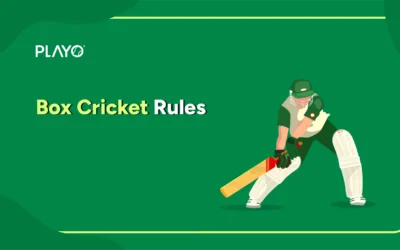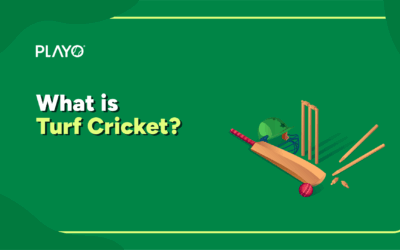Here Is How You Can Prevent Your Cricket Bat From Damages! If you ask any batsman, how does it feel to hold the cricket bat in hand? The answer will be- solace. One needs to understand that immense effort, energy and resources go into carving a bat from a piece of willow.
Once this is done and eventually sold in the market, the actual preparation begins once a cricketer starts knocking the bat.
Let us first understand what knocking means:
Knocking is one of the most important aspects of preparing your bat for future use. It’s the process of knocking the bat to have the wood compressed and strengthened.
Knocking can be done with the help of wooden bat or a ball mallet (shaped like a hammer). This is done to gain maximum performance output as well as to prevent from unwanted damages to the bat.
Why is knocking needed?
Knocking the cricket bat for about six to eight hours is recommended. This can also go up to 16 hours using a mallet. When you knock a cricket bat the fibres of the willow compress and this helps in knitting the fibres together.
This makes the bats withstand deliveries bowled as fast as 90/95 miles an hour. The bat is divided into four areas for the process of knocking. Namely face, toe and two edges (inside and outside).
Always remember that knocking should begin gently. Force is applied gradually. While using a mallet, go up and down the face of the bat.
The edges form starting from the shoulder of the bat right to the bottom or the toe.
The edges need to be knocked gently and this will ensure a more rounded and firm shape. This prevents the chip from coming off. The toe of the bat is one of the most vulnerable regions. Start knocking the toe very gently and then go on to exert some pressure.
Any cricket bat is prone to normal wear and tear during its lifetime. Since it is made using natural material, expect it to undergo changes in the form of cracks on the face. If one feels that the bat is not knocked properly then you can devote 15 – 20 hours for knocking it. Do not miss out on knocking the area of the bat that is covered by sticker. Equal weightage should be given to this part as well.
One advice with regard to knocking is that once you are done with it do not directly use it to face bowlers either in the nets or in a match. Instead, use a few old balls and do throwdowns (where one person throws the ball towards you and you try to hit in with the middle of the bat or the sweet spot) for a few days which will further strengthen it.
Conclusion
Overall the process of knocking at the preparatory stage of the bat leads to an increase in the power of the bat (stroke play). A few bats available in the market these days come marked as pre-knocked. The point that needs to be noted here is that even though these bats are pre-knocked it still requires another round of knocking. The only difference will be in the approach as to the process being made shorter so as to enhance bat’s performance.
FOLLOW US ON INSTAGRAM FOR SPORTS MEMES AND REELS!





0 Comments